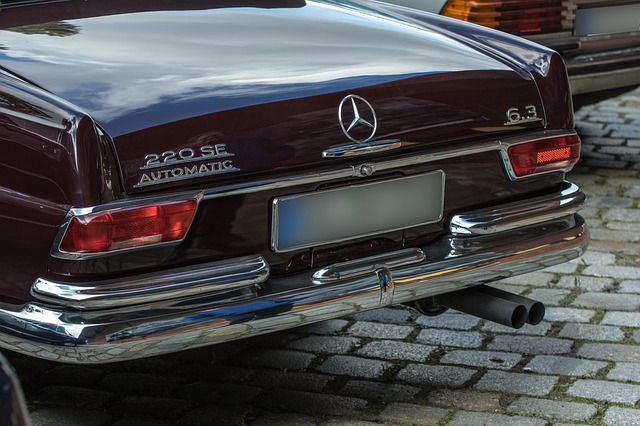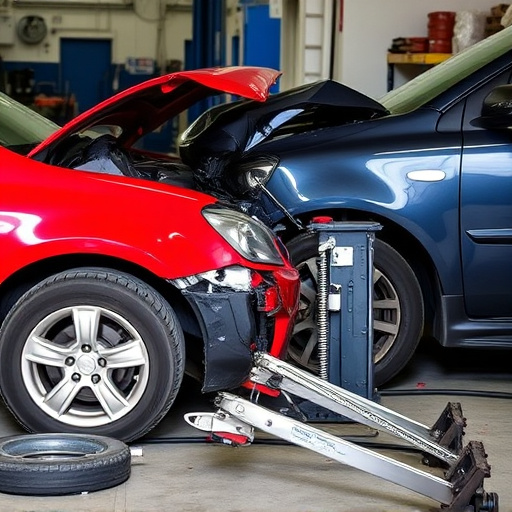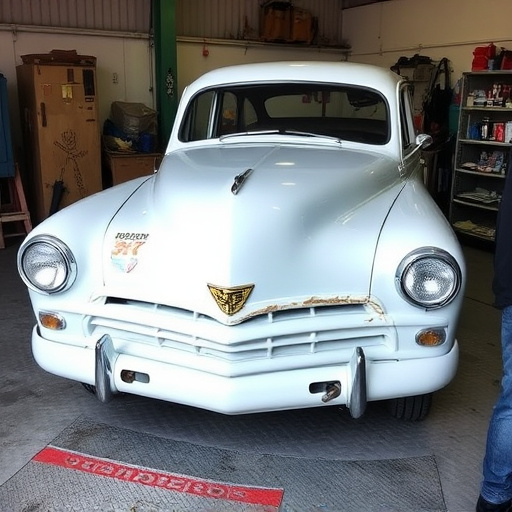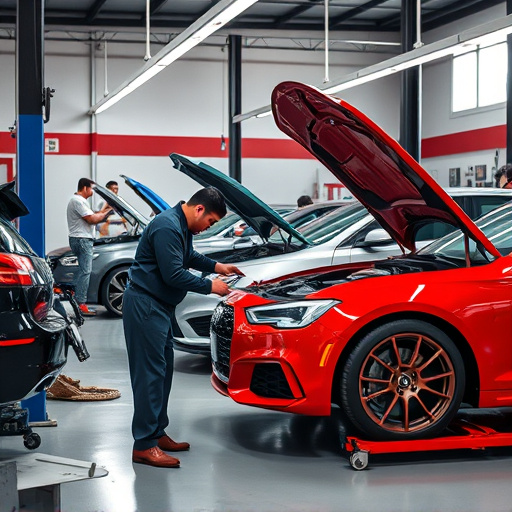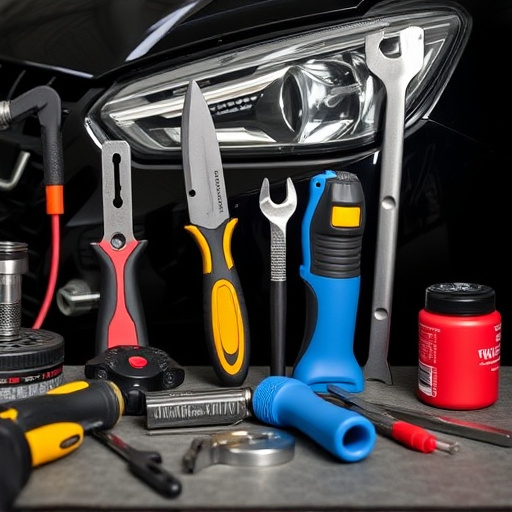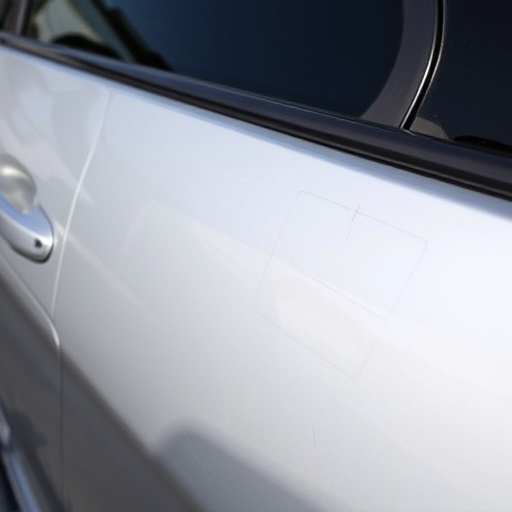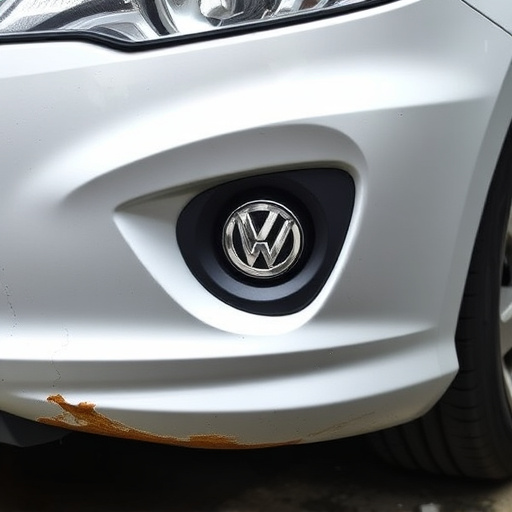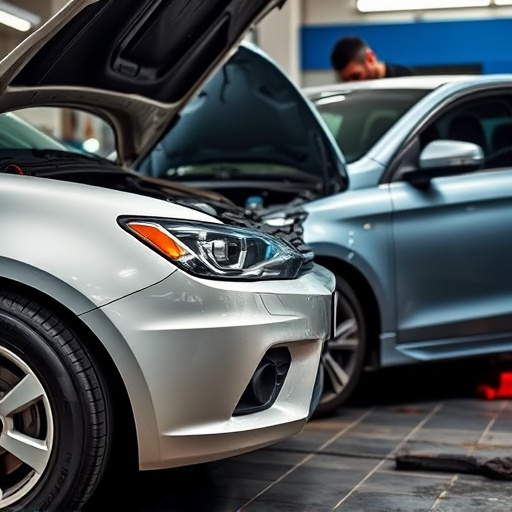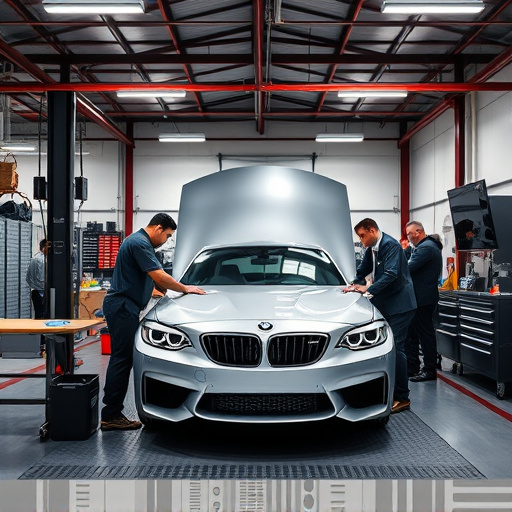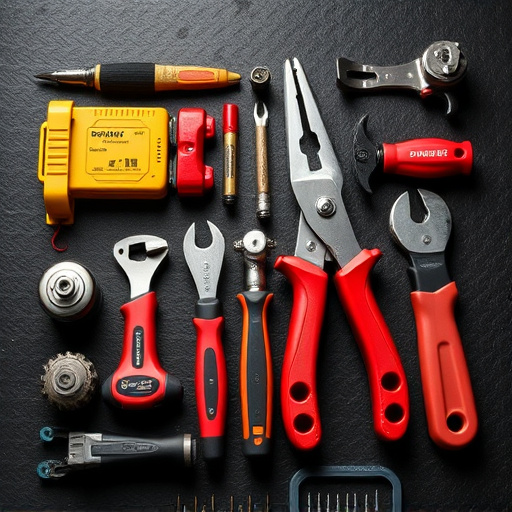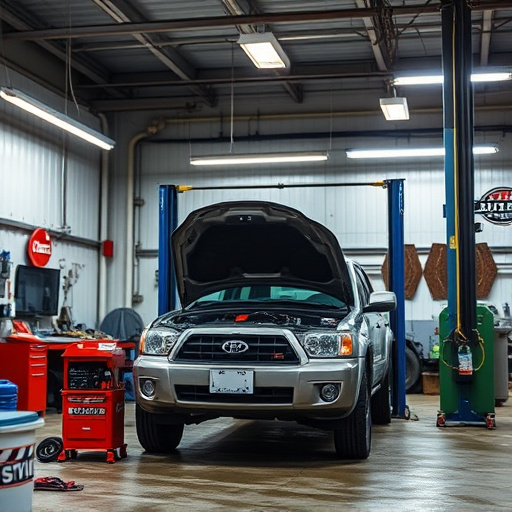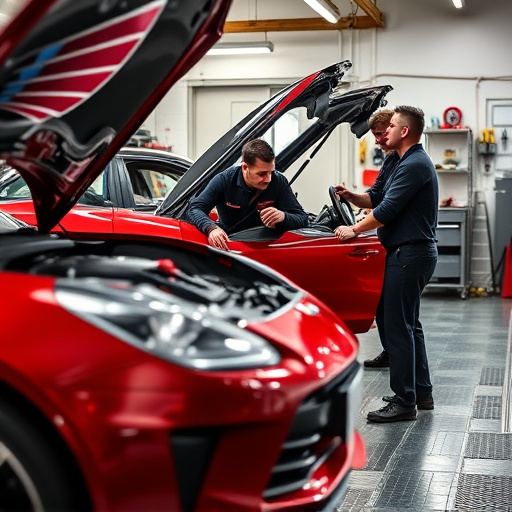Body panel insulation is vital for vehicle interior protection against moisture and mold, especially after accidents or maintenance. High-density polyethylene (HDPE), cross-linked polypropylene (XLPP), and glass fiber insulation are popular choices due to their water repellency, chemical resistance, strength, and thermal efficiency. Selecting high-quality, mold-resistant insulation ensures a dry, safe interior, prevents structural damage, enhances energy efficiency, and maintains vehicle aesthetics over time.
In the quest for durable and healthy vehicles, understanding body panel insulation is key. This article delves into the essential role of body panel insulation in controlling moisture, a primary driver of mold growth. We explore common materials that resist both mold and moisture, highlighting their benefits and drawbacks. Furthermore, we guide you through choosing the optimal solution to ensure longevity and maintain a healthy interior environment.
- Understanding Body Panel Insulation for Moisture Control
- Common Materials Resisting Mold and Moisture
- Choosing the Best Solution for Longevity and Health
Understanding Body Panel Insulation for Moisture Control
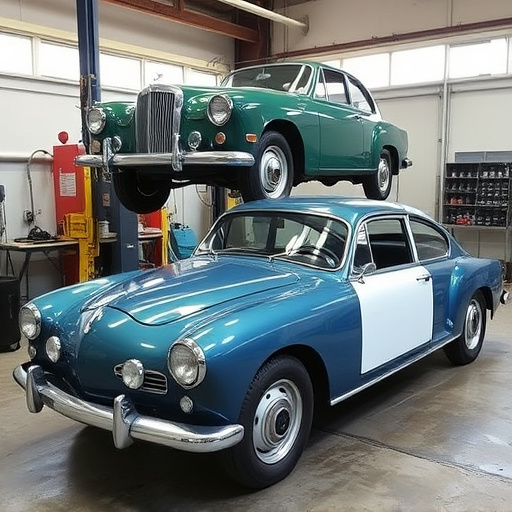
Body panel insulation plays a critical role in maintaining a dry, mold-free interior for vehicles. It acts as a protective barrier, preventing moisture intrusion and ensuring optimal conditions within the car’s cabin. This is particularly important for collision repair services and auto repair shops, where water damage during repairs can lead to serious issues like rust and mold growth.
Effective body panel insulation materials are designed to resist moisture and prevent condensation. In the world of car bodywork services, understanding these materials is essential for addressing common problems faced by vehicles after accidents or routine maintenance. By choosing the right insulation, auto repair technicians can enhance customer satisfaction, reduce the risk of secondary damage, and ensure a comfortable driving environment.
Common Materials Resisting Mold and Moisture
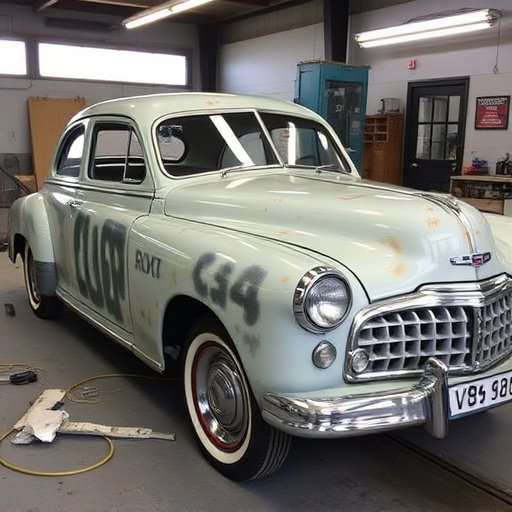
In the realm of automotive restoration and car collision repair, choosing the right body panel insulation is paramount to prevent moisture-related issues like mold growth. Common materials renowned for their resistance to both mold and moisture include high-density polyethylene (HDPE) and cross-linked polypropylene (XLPP). These synthetic compounds are lightweight yet robust, making them ideal for automotive applications. HDPE’s excellent water repellency and XLPP’s superior chemical resistance ensure that body panels remain dry and protected even under harsh conditions.
Additionally, glass fiber insulation is another popular choice due to its exceptional strength-to-weight ratio and thermal properties. This material effectively inhibits mold growth by blocking moisture intrusion. When incorporated into body panel insulation, these materials not only enhance the structural integrity of vehicles post auto collision center procedures but also contribute to improved energy efficiency, making them essential components in modern car manufacturing and repair practices.
Choosing the Best Solution for Longevity and Health
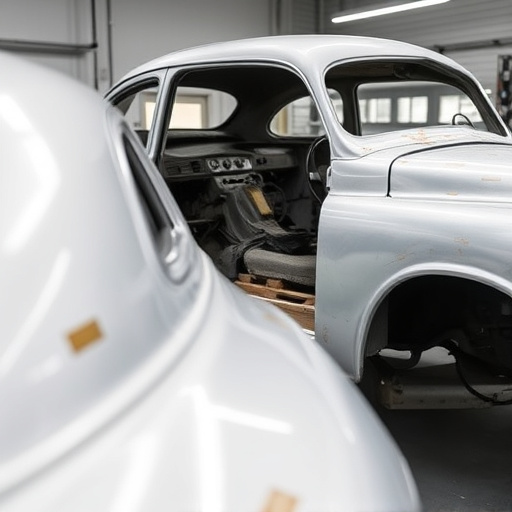
When selecting a body panel insulation solution for your vehicle, prioritizing longevity and health is paramount. Moisture and mold can wreak havoc on car interiors, leading to unpleasant odors, damaged surfaces, and even hazardous conditions. Choosing the right material makes all the difference in preventing these issues. Look for products specifically designed to resist moisture intrusion, with superior water vapor barrier properties to keep your vehicle’s interior dry.
In the realm of automotive restoration and vehicle repair, especially when dealing with dent repairs, selecting a durable insulation is crucial. Opting for a high-quality, mold-resistant insulation ensures that any previously damaged areas are not only repaired but also protected from future moisture-related problems, maintaining both the aesthetics and structural integrity of your vehicle over time.
When selecting body panel insulation, prioritizing materials that resist moisture and mold is essential for both vehicle longevity and occupant health. By understanding the unique challenges of automotive interiors and exploring durable solutions like fiberglass, closed-cell foams, or advanced composite materials, car owners can mitigate damage and ensure a healthier driving environment. Investing in high-quality insulation is a proactive step towards preserving the vehicle’s value and protecting against costly repairs associated with water intrusion and mold growth.
